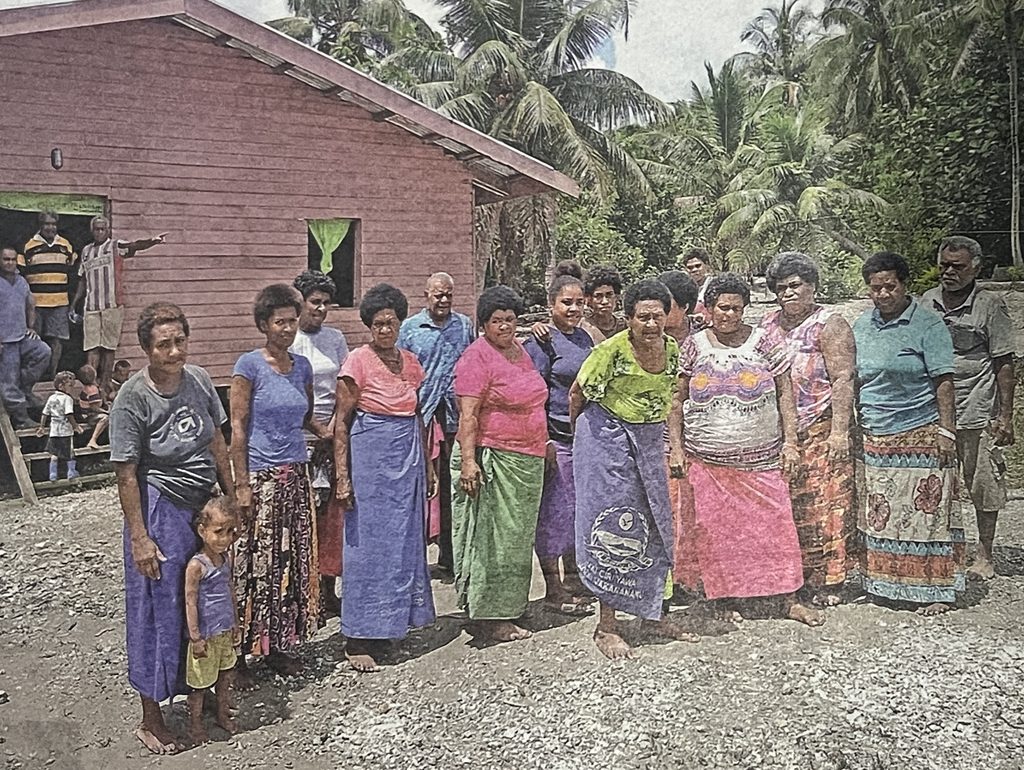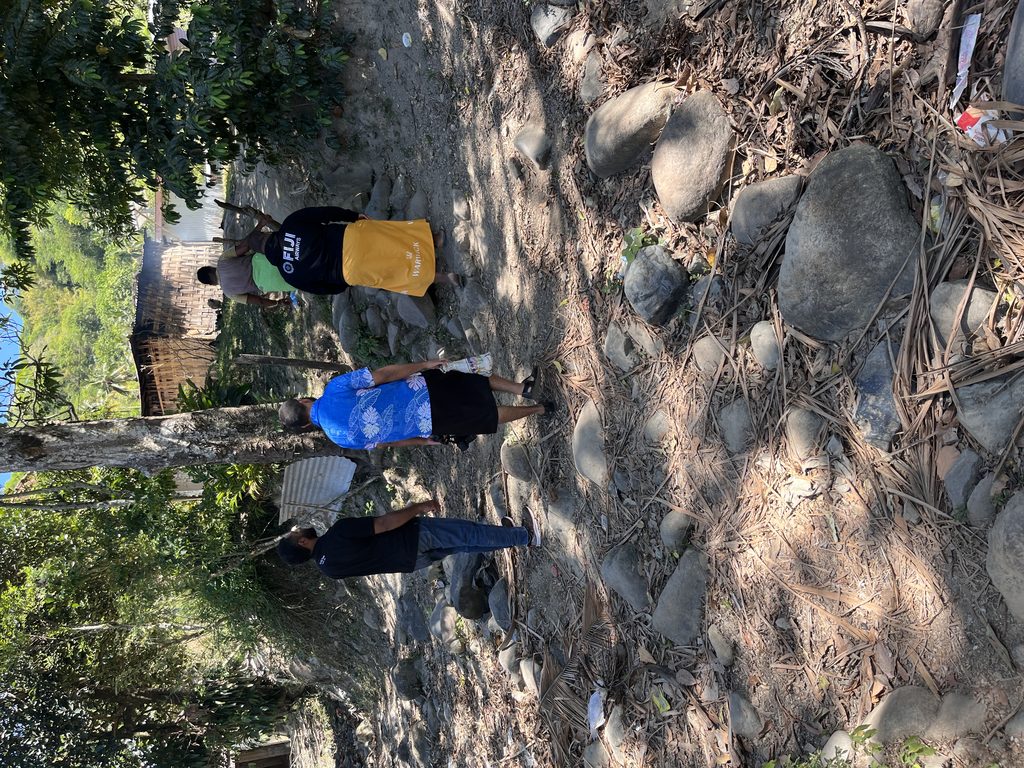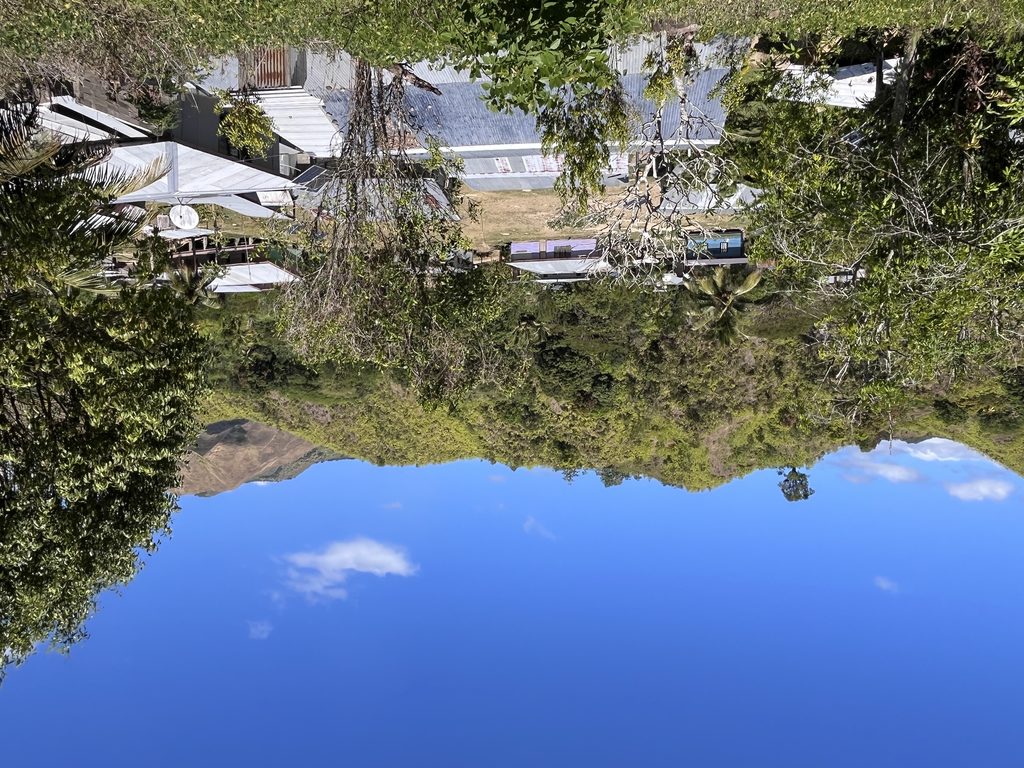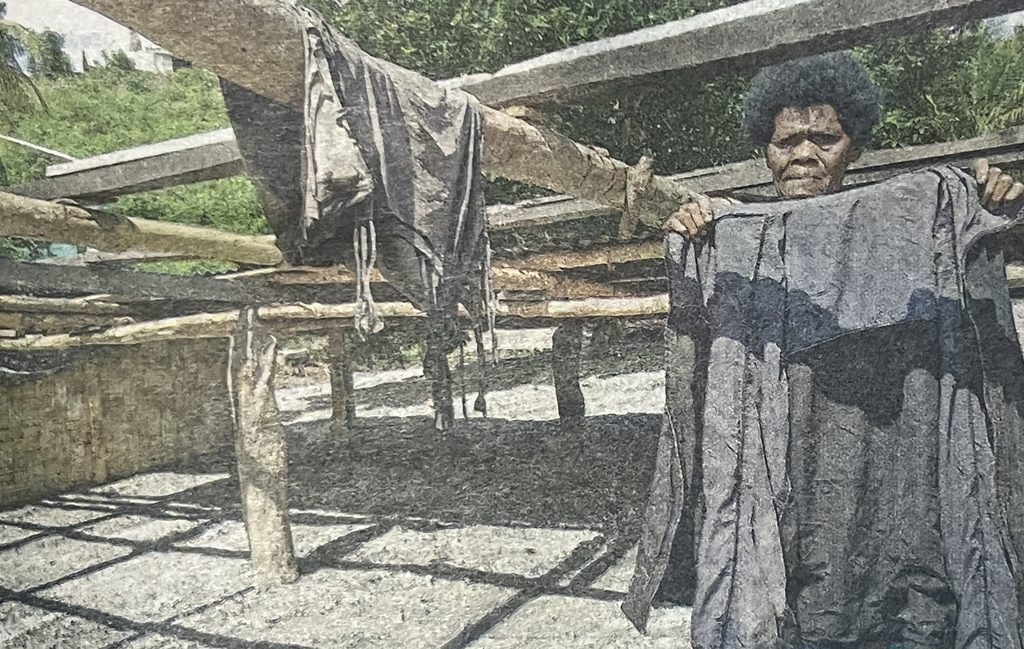NOTHING surpasses the tranquillity of living remotely in Fiji’s highlands.
The calm embrace of nature, intertwined with village life, healthy living, and deep family connections, are among the reasons many iTaukei choose the peace of the village over the bustle of town life.
Yet, even amid this simplicity, unexpected disruptions can shatter those cherished moments.
For the villagers of Draubuta, life changed dramatically in 2019 when a massive landslide swept through their community.
Nestled at the foot of steep Kavukavu Hill, Draubuta lies deep within the district of Noikoro in the highlands of Nadroga/Navosa Province — about a three-hour drive from Sigatoka Town via the Valley Road.
The 2019 landslide not only left several villagers homeless but also raised the heartbreaking possibility of relocating them from the land they had called home for generations.
On a rainy day, disaster struck. Torrents of water loosened soil, gravel, and silt from the top of Kavukavu Hill, sending them cascading down into the village below.
Once a lively settlement, Draubuta fell silent as homes were smothered in silt, reduced to muddy mounds carrying the scent of wet earth.
For weeks, thick layers of dried mud and gravel buried village trails and the green that once connected homes.
Residents faced the heartbreaking task of clearing half-buried houses, tearing down walls shattered by the force of the landslide, and beginning the slow process of rebuilding their lives.
Experiencing the landslide
Natural disasters such as cyclones are a common occurrence in Fiji, but for the villagers of Draubuta, experiencing a landslide — and losing their homes in the process — was something entirely new and devastating.
Yet, true to their resilient and hardworking nature, the villagers pressed on. They resumed their daily routines, supporting one another as they worked to rebuild their lives and restore their village.
Resident Ilaitia Yavadua said it was the first time they had ever experienced such a massive landslide.
“A digger had to come in to help us remove the mud and silt after the landslide,” he explained.
“The mud had quickly dried up and became very difficult to move.”
He added that the village’s sandy soil made it vulnerable to heavy rain.
“When it rains heavily, the water easily cuts into the soil,” he said.
According to Mr Yavadua, soil and gravel left by road contractors had washed down during the downpour, mixing with the village’s sandy soil and quickly inundating the area before residents could react.
“This whole area was covered in soil. You couldn’t even walk properly — the mud was knee-deep,” he recalled.
“If the rain hadn’t stopped when it did, more homes could have been destroyed, and lives might have been lost that day. We’re lucky no one died.”
Rebuild
With minimal assistance, the villagers managed to rise above the disaster and rebuild stronger homes for themselves, completely dismissing the government’s 2019 relocation plan.
Families affected by the landslide worked tirelessly to repair and reconstruct their homes, determined to continue their lives despite the hardship. During those difficult times, most relied on farming to sustain their livelihoods.
Draubuta Village headman, Sireli Namarua, said those affected by the landslide rebuilt entirely on their own without any outside assistance. According to him, 20 families were impacted by the 2019 landslide.
Today, Draubuta has grown to 102 families. As you enter the village, there are no visible signs of the devastation it once faced.
The homes are well-built, the village green neatly trimmed, and the trails clear—showcasing the strength and resilience of the Draubuta people.
The disaster taught them a valuable lesson: it is best to remain strong in difficult times and to face challenges together as a community. Even without external help, a united community can rise and stand firm on its own.
Vasemaca Vesiloto on her bed inside her muddy house in Draubuta in 2019. Picture: FILE PHOTO

Villagers outside on what was a village green in 2019. Picture: Ft FILE

The Fiji Times staff make their way into the village. Picture: ANA MADIGIBULI

Inside the Draubuta Village Hall that was used as an evacuation centre after the landslide. Picture: ANA MADIGIBULI

The elders of Draubuta Village welcomed the Fiji Times team at the village hall. Picture: ANA MADIGIBULI

The village green. Picture: ANA MADIGIBULI

The village of Draubuta. Picture: ANA MADIGIBULI



